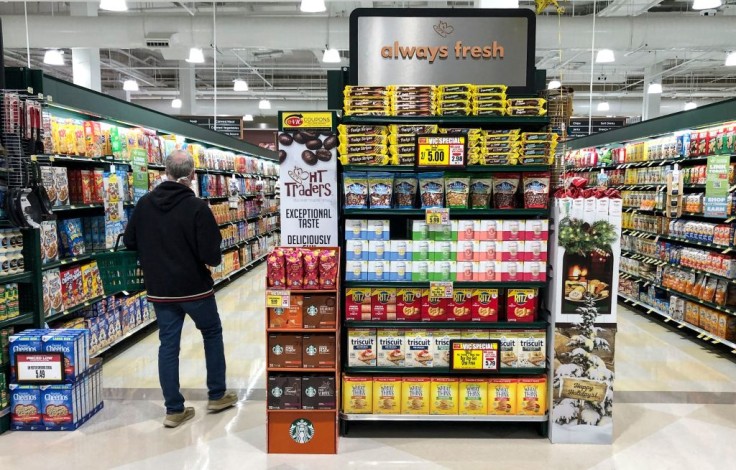
Food fraud in America is on the rise again.
There is an enormous potential that the products consumers consistently see on supermarket shelves are different from what they truly seem to be.
Other consumers might have fallen victim and placed a fraudulent product in their kitchen cabinets.
This phenomenon affects the economy and households financially and puts public health and safety in danger.
How to detect food fraud in America
According to CNBC, food fraud is now slowly on the rise again, spreading across the kitchens in America.
Numerous familiar and controversial food fraud cases have existed throughout the years. However, they have reportedly been increasing again.
Food fraud is classified by the U.S. Food and Drug Administration (FDA) as an economically motivated adulteration (EMA).
Counterfeiting, mislabeling, diluting, and substituting products are a few deceitful practices fraudsters use to penetrate the global food industry secretly.
EMA occurs when a food's valuable component or ingredient is purposefully omitted, removed, or replaced by the person preparing the food.
EMA can also occur when somebody adds an ingredient to a dish to make it look like it has more value or is of higher quality.
The FDA does not only monitor EMA on food products but also cosmetic products and animals. Some types of EMA are also misbranding violations.
Food fraud in America is highly motivated by financial gains.
According to the food-safety monitor Food Chain ID, the most common food fraud in 2012 and 2021 was lying about an animal's origin, followed closely by substituting ingredients or diluting products.
As per CNBC, the Food Fraud Prevention Think Tank recommends five questions that consumers should ask themselves to limit their susceptibility to becoming victims of fraud.
- If consumers are shopping, asking if their supplier is a legitimate business is recommended.
- If shopping online, consumers should ask whether the store is a reliable source.
- Do consumers know the brand, retailer, or supplier? Whatever the answer, will the shoppers be willing to trust them?
- Can shoppers identify the distinctions between the products they buy?
- Lastly, it would help if consumers knew what produce they were ingesting.
How food fraud affects us
According to the FDA, external statistics say that food fraud impacts 1 percent of the global food industry, costing approximately $10-15 billion annually.
However, new estimations from experts also say that the disruption cost is as high as $40 billion a year.
Since food fraud is meant to avoid detection, it can be difficult to estimate how often it occurs or how much of an impact it has on the economy.
However, EMA is not only an economic problem. Food fraud can result in various health problems, some of which are life-threatening and even deadly, depending on what is added, swapped, or omitted.
One of the examples of the increasing cases of EMA reported by Food Navigator is that 10 percent of the imported honey samples that the FDA recently evaluated were discovered to be adulterated with undeclared added sweeteners.
On the side of the regulatory agencies, one of the solutions to combating these behaviors is to continue testing products to help prevent the distribution of products that do not comply with regulations in the United States.